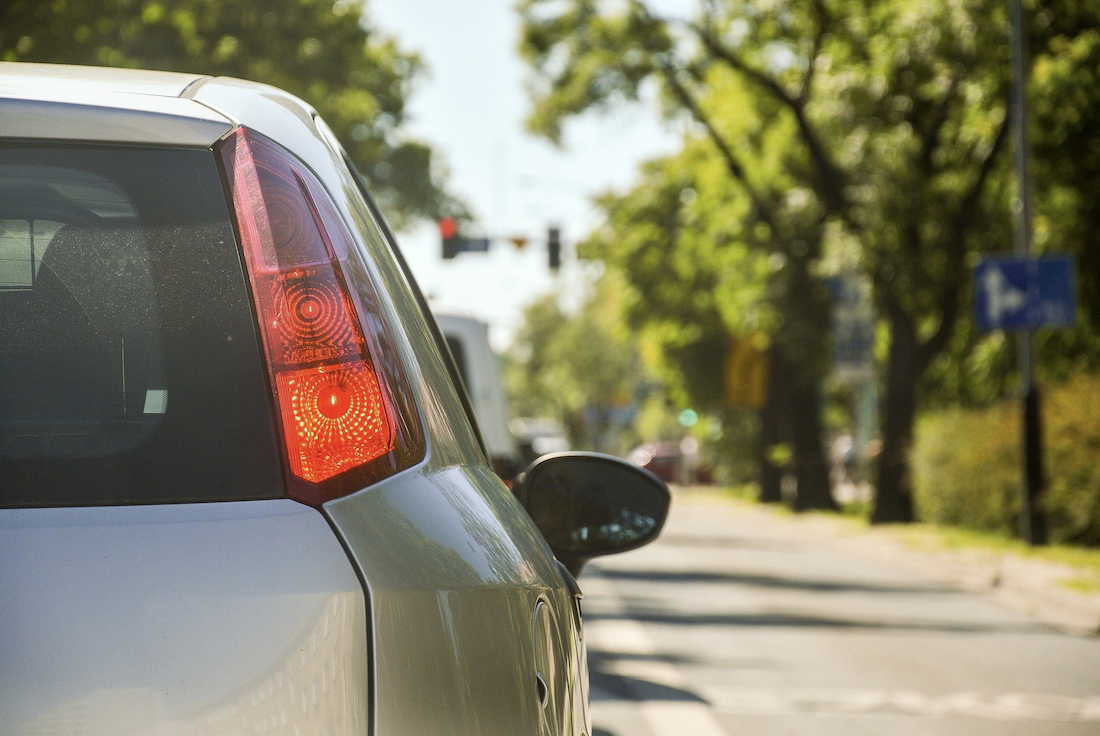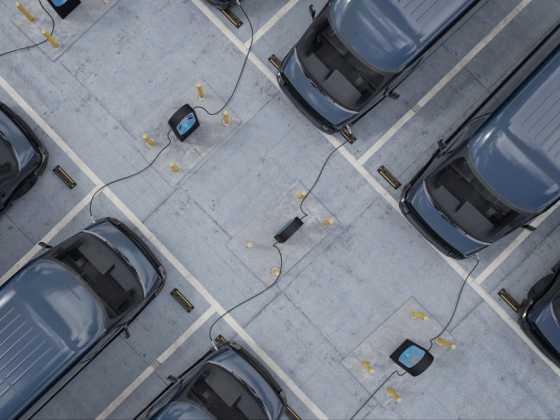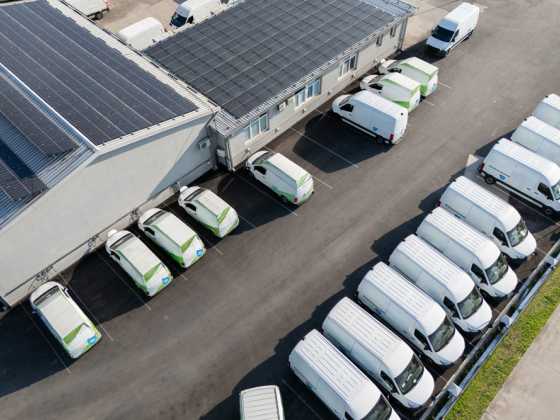Clean Air Zones: State of the nation

Clean Air Zones seek to restrict the most polluting vehicles from entering the most polluted parts of towns and cities. Andrea Lee from environmental law charity ClientEarth gives an update on the progress being made on these essential schemes
Air pollution has been in the spotlight recently following the inquest into the death of Ella Adoo-Kissi-Debrah, a nine-year-old girl who lived in London and suffered a fatal asthma attack in 2013. For the first time, a coroner concluded that air pollution was an official factor in someone’s death and recommended the adoption of stricter air pollution laws.
The decision recognises the direct and fatal damage that exposure to pollution can wreak on a person’s life. Unfortunately, poor air quality affects the lives of hundreds of thousands more people in the UK who have no choice but to breathe dangerously dirty air – in particular the young, older people and other vulnerable members of society. But in spite of everything we know about the danger, 75 per cent of air quality reporting zones are still charting illegal levels of air pollution.
Clean Air Zones: taking stock and looking forward
The UK Government’s lack of action to cut air pollution has forced ClientEarth to take them to court three times over the last ten years. This has resulted in 63 local authorities across England and Wales being ordered to identify local proposals to tackle illegal levels of pollution in their areas in the shortest possible time.
Road transport, in particular diesel vehicles, is the biggest source of illegal levels of dangerous nitrogen dioxide (NO2) pollution in towns and cities across the UK, responsible for up to 80 per cent of the problem where illegal levels are recorded, according to the government’s own analysis.
To deal with this problem, Clean Air Zones (CAZs) are a good starting point: they seek to restrict the most polluting vehicles from entering the most polluted parts of towns and cities. The government identified CAZs as the most effective way to meet legal limits for NO2 in the shortest time possible.
And we know they work: London’s Ultra Low Emission Zone (ULEZ) reduced NO2 pollution levels by 37 per cent in the first two months of 2020 before the pandemic struck.
CAZs and business: what’s the impact?
CAZs do not ban vehicles: they only affect those vehicles that do not meet the minimum emission standards. They only have an effect once they are implemented but they also provide a strong signal to drivers and fleet managers, encouraging the purchase of cleaner vehicles before they even come into force. This is vital for business planning. In response to a survey last year, 76 per cent of businesses said they will replace vehicles to meet CAZ and ULEZ standards – in turn, it’s a reputational boost for those companies. In London, according to analysis by the Greater London Authority, there was a 55 per cent increase in compliant vehicles over the two years running up to the implementation of the ULEZ in April 2019.
UK CAZs: state of the nation
After delays and backtracking, we are starting to see long-awaited progress on these essential schemes.
Bath became the first city with a Clean Air Zone outside of London, after its CAZ went live on 15 March. Their CAZ does not include restrictions on private passenger cars but is a crucial step in protecting people’s health in the city.
Next is Birmingham, which is preparing to deliver a Class D Clean Air Zone that applies to all vehicle classes on 1 June 2021.
This will be followed by Bristol, whose City Council has formally approved a plan for a Class D Clean Air Zone. It will restrict the most polluting of all vehicle classes from the city centre and is scheduled to go live by October 2021.
Bradford Council also recently approved a Class C Clean Air Zone set to be introduced in January 2022.
Greater Manchester meanwhile has reconfirmed its commitment to introduce a Clean Air Zone in Spring 2022, subject to a number of exemptions, but is being slow in finalising its plans.
In March, London tightened the emission standards for its city-wide Low Emission Zone, affecting buses, lorries, coaches and some vans. This brings it in line with the ULEZ, which applies to all vehicles classes and will be expanding from the city centre to cover all of inner London on 25 October.
Help and support is needed from government
While these commitments are cause for optimism, we need to see all businesses, big and small, adopting cleaner vehicles in order to tackle the air quality crisis. But for this to happen, much more is needed from government, both in terms of regulatory certainty around the approval of CAZs and financial support. Without these, planning becomes difficult for both large and small businesses.
Businesses urgently need to know what is going to happen at a local level, but we also need to see a clearer long-term vision for how the UK will transition to a zero emission transport system, matched with interim milestones and targeted funding.
Financial support for businesses developing the technologies that support a zero emission transport system will give the UK a real stake in the future of automotive manufacturing and create high-quality jobs that are distributed across the country. In addition, a long-term plan for delivering charging infrastructure is also essential to provide clarity and support for commercial fleet charging infrastructure. This will help unlock the private sector investment necessary to help shape the UK’s electric vehicle market. The announcement earlier this year from the Department for Transport that the electric vehicle Workplace Charging Scheme will be opened up to small to medium enterprises was welcomed. However, this was later contrasted in the budget by an unexpected reduction to the government's plug-in car grant scheme for electric cars, vans and lorries.
The trend towards a cleaner and healthier zero emission transport system is not only underway but is accelerating. We have a huge opportunity for this to deliver economic as well as health and environmental benefits. It is time for government to walk the talk.
Only half the story?
Tackling illegal NO2 pollution is a major priority – but many parts of the UK also report levels of particulate matter (PM) – another toxic pollutant – that, while within current legal limits, are well over the levels recommended by the World Health Organization (WHO). A significant proportion of PM pollution also comes from brake, tyre, clutch and road surface wear which means that even zero exhaust emission vehicles still produce pollution.
With the forthcoming Environment Bill – the country’s flagship piece of environmental legislation now that we have left the European Union – the government has a golden opportunity to show its level of ambition.
That’s why it needs to adopt stronger legal limits that drive action to better protect people’s health and make sure that no part of the country exceeds the levels recommended by the WHO. The coroner in Ella’s case agrees that this would prevent future deaths. ClientEarth, alongside the WHO itself and other UK health organisations, believes that this must be achieved by 2030 at the very latest.
Toxic air is clearly not going to disappear on its own. Solutions are at our fingertips and with the will of businesses and most importantly government, we can turn the situation around.
Andrea Lee is clean air campaigns manager at environmental law charity ClientEarth






